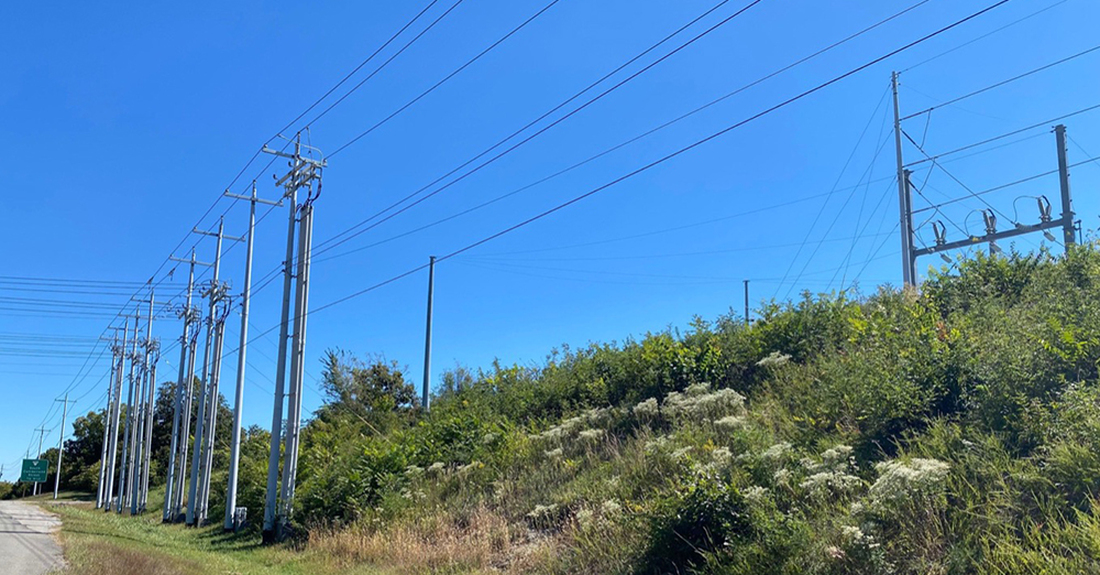
Utility poles support the overhead lines and equipment that power our daily lives. The materials a power company chooses for these poles can significantly impact a utility’s longevity, safety, and environmental footprint. Selecting the most suitable material for utility poles is a decision that requires careful consideration of several factors. Here are a few guidelines for choosing utility pole material.
The Types of Utility Pole Materials
Utility poles consist of several material types to meet various geographical needs and circumstances. Wood, steel, and concrete are the three primary options, each with its own set of advantages and considerations.
Wood Poles
Wood is a traditional go-to material for utility poles, offering easy customization. While they aren’t as resilient as other materials, treated wood poles still provide some resistance to the elements.
Metal Poles
Utility poles commonly consist of two types of metal: steel and iron. Steel provides exceptional structural strength and is common in areas sporting high winds or corrosive environments. Many also favor it for its durability, making it a cost-effective option in the long term.
Ductile iron combines strength and flexibility and is ideal for utility poles. Its durability against natural forces ensures structural integrity, reliability, and safety, exceeding traditional materials. These poles excel in environmental sustainability and have long lifespans, providing a responsible choice for utility infrastructure.
Concrete Poles
Concrete poles are known for their high resistance to fire and pests, making them an ideal choice in areas prone to inclement weather or conditions prime for wildfires. They are less prone to rot and decay, ensuring a long lifespan. However, they are difficult to transport and work with due to their weight.
Environmental Impact of Pole Materials
The material you choose for utility poles can directly impact the environment. Wooden poles, for instance, are renewable and offer a lower carbon footprint during production. Steel and iron, while more durable, have higher initial environmental impacts when considering energy use and emissions during manufacturing. However, due to the metallic poles’ durability and longevity, they last much longer than wooden poles, requiring fewer replacements. Ductile iron poles are made from recycled material and are recyclable at the end of life, which minimizes the resources needed for future installations.
Local Environmental Conditions
Understanding a location’s specific needs and conditions is critical for utility pole choice. Humid areas may not favor wood, as moisture can lead to decomposition, while corrosive environments could diminish the lifespan of steel. Areas that often experience storms, whether hurricanes, tornadoes or straight line winds are great locations for premium poles such as steel or ductile iron. Wildfire-prone areas need fire-resistant materials such as metallic poles as well. Other environmental impacts on wood poles include woodpeckers and insects which can lead to premature pole replacements.
Cost of Utility Pole Materials
Cost is a primary factor in any infrastructure investment. Wood poles are typically the least expensive upfront, making them attractive for budget-strapped projects. However, they may require more frequent replacement over time, which could offset their initial cost advantage.
Premium materials such as metallic poles come with higher initial costs but require less maintenance and have longer lifespans.
Critical structures that are used to support expensive equipment, such as switches or reclosers and sub-station exit poles, are also areas where a utility needs to make key decisions on pole materials. The more risk associated with a pole failure, the more a utility needs to utilize a premium material to help mitigate the risk.
Choosing the right utility pole material requires considering durability, cost-effectiveness, environmental responsibility, and local suitability. Utility companies can ensure that the poles they’re putting in the ground today will continue to serve the best interests of the community, the environment, and the industry, for many years to come by considering these guidelines for choosing utility pole material. Visit McWane Poles to learn more if you’re looking for power pole alternatives that provide many of these benefits.

